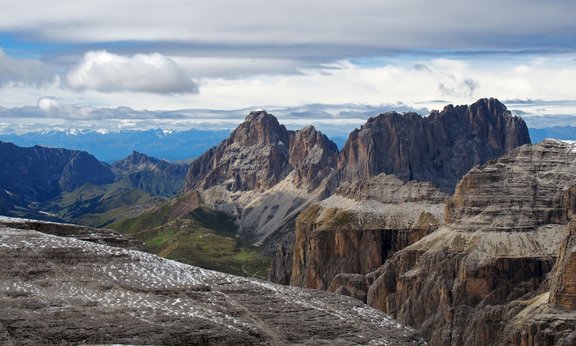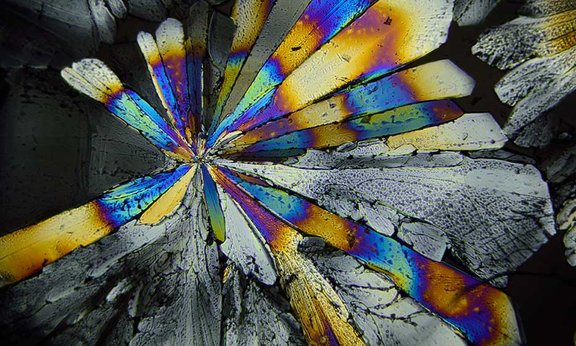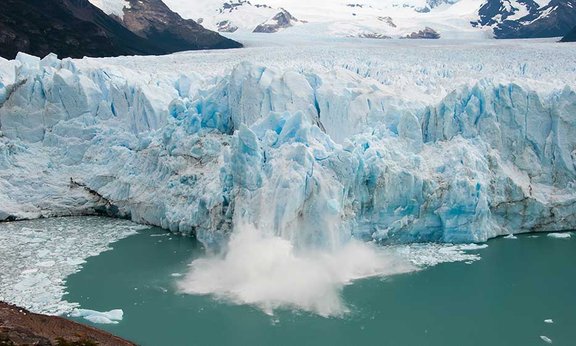Bachelor’s Programme Earth Science
You want to learn more about the formation of the Alps, volcanic eruptions and natural disasters and how it's all connected?
How and when did the Alps form? What do diamonds have to do with vulcanic eruptions? How does salt get into the ocean? Why are there natural disasters?
In the Bachelor’s Degree Programme in Earth Sciences students learn scientific thinking and basic competencies required for analysing geo-relevant documents and data. Students may deepen their knowledge in the fields of georisks, environmental history, raw materials and materials science among others.
Study Code
UC 033 615
Supplemental Examination
Biology and Environmental Protection
FAQ
Graduates are able to elaborate, evaluate and implement scientific developments in the fields of earth sciences and to apply them in interdisciplinary contexts.
The Bachelor’s Programme in Earth Sciences aims at imparting a wide range of basic knowledge and practice-oriented skills, thereby opening up appropriate career opportunities for graduates. On this basis, the Bachelor’s programme provides a comprehensive insight into the nature and processes of the lithosphere, hydrosphere, cryosphere, atmosphere and anthroposphere and offers methods and tools for describing and understanding them in a system-oriented way.
Building on the contents of the first semester with general scientific education objectives, the students acquire a broad geological knowledge in mineralogy, petrology, geology and palaeontology. Because of the University of Innsbruck’s location in the middle of the Alps, the education has a special focus on regional alpine terrain and promotes the “geological way of thinking”, i.e. to work on and understand complex scientific connections in space and time.
In the two Bachelor’s theses the students learn to independently work on, document and present selected problems in Earth Sciences. Career options after successful completion of the studies lie in the field of basic research, a broad field in Applied Earth Sciences, relevant areas in economy, as well as public authorities.
The Bachelor’s Programme Earth Sciences prepares students for a relevant master’s programme as well as careers beyond the academic area. Occupational fields of graduates are in the field of applied earth sciences (geology and mineralogy) as well as in planning offices and the environmental sector.
Graduates tracking: Shows which occupational fields students enter after graduation
Master's Programmes
More offers
Faculty of Geo- and Atmospheric Sciences Examination Office Information for students with disabilities
Curriculum
From the field
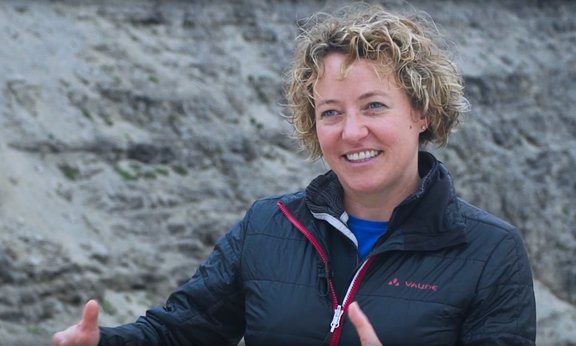
Geologie: Entstehung der Dolomiten
Wie sind die Dolomiten entstanden, wie verformen sie sich noch immer und was sagen die Gesteine über künftige Erdbeben aus? Geolog:innen um Hannah Pomella vom Institut für Geologie der Universität Innsbruck beschäftigen sich in einem breit angelegten Forschungsprojekt mit diesen Fragestellungen.

Bruno Sander: Pionier der Gefügekunde
Vor 100 Jahren hielt Bruno Sander seine Antrittsvorlesung an der Universität Innsbruck. Der Mineraloge und Geologe hat mit der Gefügekunde der Gesteine und der geologischen Körper einen neuen Zweig der Erdwissenschaften begründet und wurde für sein wissenschaftliches Schaffen mit zahlreichen Ehrungen bedacht. Bei seiner Antrittsvorlesung sprach Sander über die Aufgaben der Mineralogie und Geologie.
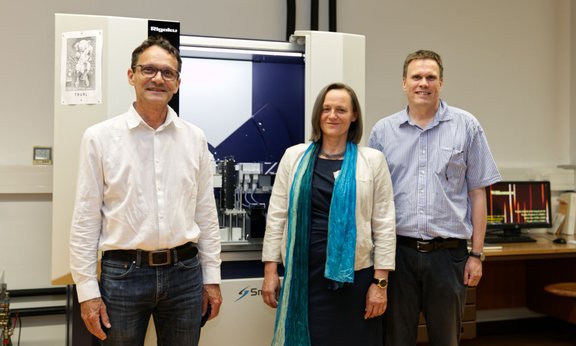
Eröffnung des Diffraktionszentrums West
Wie verhalten sich Tonminerale beim Brand im Ofen, welche Zusammensetzung hat ein Nierenstein oder wie schaut die Kristallstruktur eines neu entdeckten Minerals genau aus? Fragen wie diese können am kürzlich neu eröffneten Diffraktionszentrum West am Institut für Mineralogie und Petrographie künftig noch besser beantwortet werden.
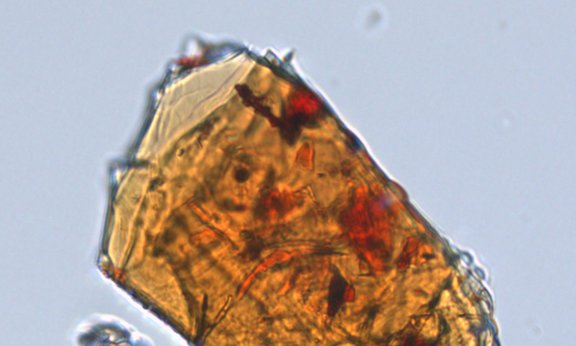
Neues Mineral: Kahlenbergit
Ein neu entdecktes Mineral aus der israelischen Negev-Wüste wird nach dem Innsbrucker Professor für Angewandte Mineralogie und Kristallographie Volker Kahlenberg benannt. Kahlenbergit (KAl11O17) ist bei seiner Entdeckung erst der zweite natürlich gebildete Vertreter aus der Gruppe der sogenannten β-Aluminaverbindungen.

